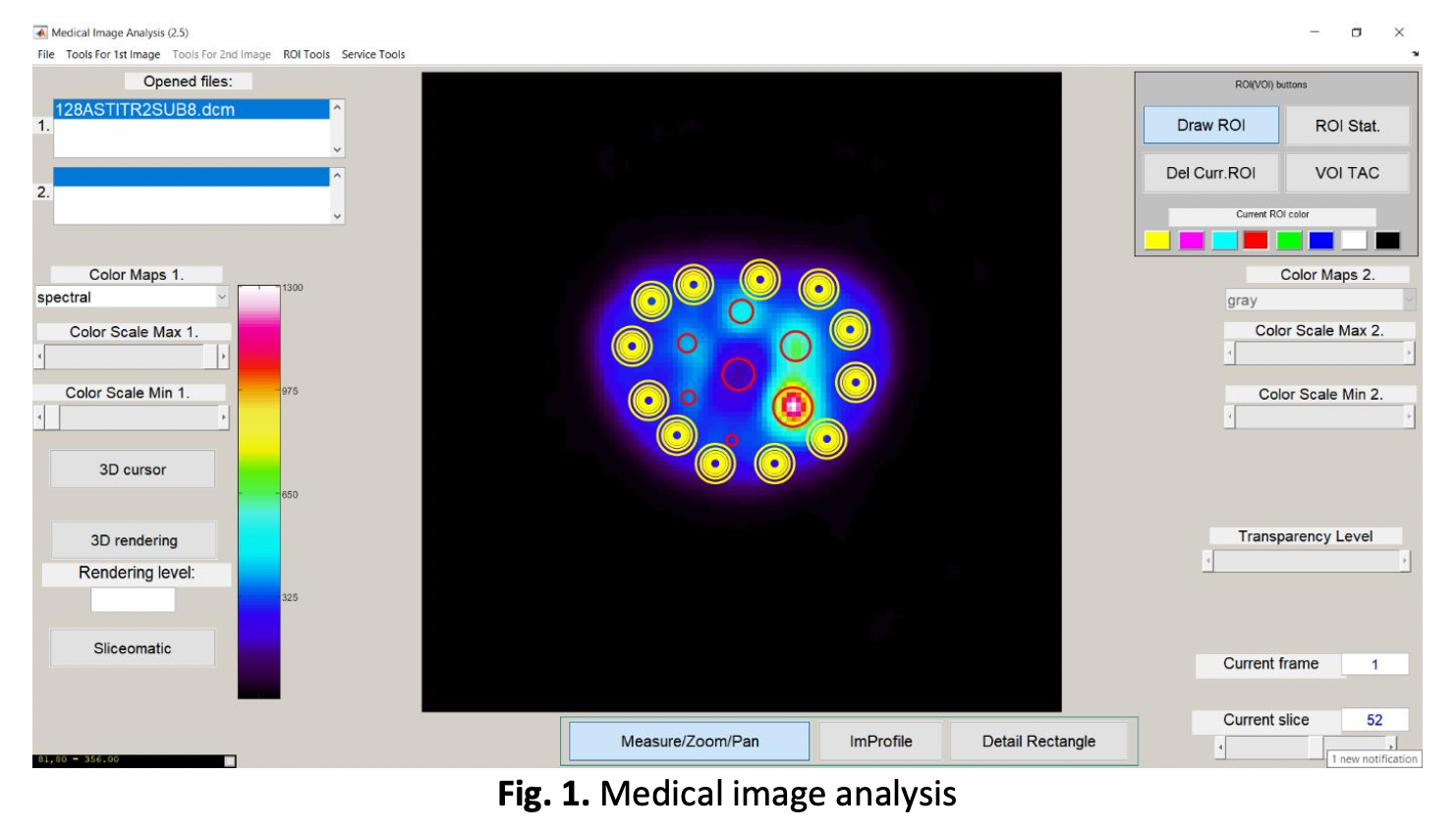Impact on Reconstruction SPECT Image Distortion by Iteration and Subset Number
DOI:
https://doi.org/10.37934/araset.33.2.5566Keywords:
SPECT, Astonish, OSEMAbstract
Iterative reconstruction on Single Photon Emission Computed Tomography (SPECT) imaging has recently been commercially available, resulting in reconstructed images with lower noise levels and better spatial resolution. The reconstruction variables employed and chosen under these suggestions include post-filtering, as well as several iterations and subset numbers. However, most of the number of iterations and subsets will give distortion to the segmentation image on a volume to be segmented. For this purpose, this paper will compare the effect of distortion on the dice similarity coefficient of volume segmentation for the iterative reconstruction setting by default as practice. The best outcome with the smallest root-mean-square deviation, highest percentage contrast values, and highest dice similarity coefficient) for all iterations and subsets is in iteration 6 subset 16. Here, the root-mean-square deviation is 8.06. Moreover, the four most enormous spheres can be calculated from the six spheres filled. The best contrast percentage is in subset 32, but the background variability for that subset is exceptionally high, which is 64.5. With post-filtering implementation, the scatter-corrected slices show the most enhanced image resolution and contrast when using advanced Astonish reconstruction algorithms. The user must decide if noise reduction via post-filtering or increased image resolution is more suitable for a certain imaging process.
Downloads





























